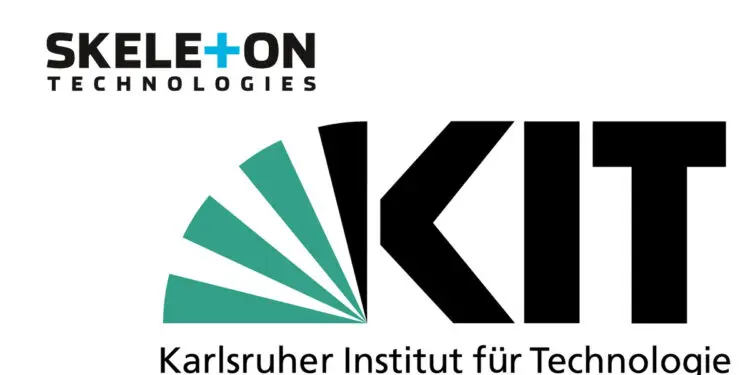Skeleton Technologies, the global leader in graphene-based ultracapacitor energy storage, has partnered with the Karlsruhe Institute of Technology, one of the largest research and educational institutions in Germany, to complete the development of the SuperBattery, a groundbreaking graphene battery with a 15-second charging time.
This extra fast charging time coupled with charging cycles counted in hundreds of thousands make the SuperBattery a perfect solution for the three main issues affecting electric vehicles: slow charging times, battery degradation, and range anxiety.
The key differentiator for the SuperBattery is Skeleton’s patented Curved Graphene carbon material, enabling the high power and long lifetime of ultracapacitors to be applied in a graphene battery. Ultracapacitors are increasingly emerging as the ideal complementary technology to lithium-ion batteries, as also shown by Tesla’s acquisition of ultracapacitor manufacturer Maxwell Technologies in the hopes of improving batteries used in Tesla’s electric vehicles.
The development of Curved Graphene has been supported by EIT InnoEnergy, the innovation engine for sustainable energy across Europe which is also the first backer of Northvolt, the Swedish battery manufacturer.
Skeleton Technologies’ CEO Taavi Madiberk comments:
“Cooperation between European energy storage companies is key for the EU to be a global leader in energy storage. We are delighted to have signed the SuperBattery development deal with Karlsruhe Institute of Technology and combine forces to bring to market a technology that will blow existing EV charging solutions out of the water.”
The Karlsruhe Institute for Technology is a well-known actor in the development of energy storage technologies. Within the cooperation, the synergies between Skeleton and KIT will be used to bring next generation energy storage technologies such as the SuperBattery to market readiness.
Maximilian Fichtner, Research Unit leader at the KIT and director at the Helmholtz-Institute Ulm says: ”We see Skeleton as a perfect match which fits for our purpose. Skeleton is both flexible and big enough to develop a new process, transfer our knowledge into a product and bring it to the market.”
“The SuperBattery is a game changer for the automotive industry. Together with Li-ion batteries, they have it all: high energy and power density, long lifetime, and 15-second charging time”, Taavi Madiberk adds.
The SuperBattery has already garnered a lot of attention in the automotive and transportation sectors. Recently, Skeleton Technologies signed a 1 bn EUR Letter of Intent with a leading automotive OEM to bring the technology to the market.
































